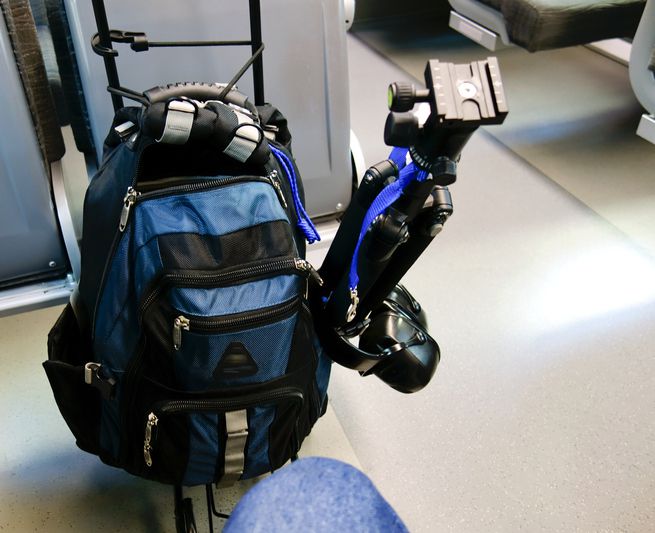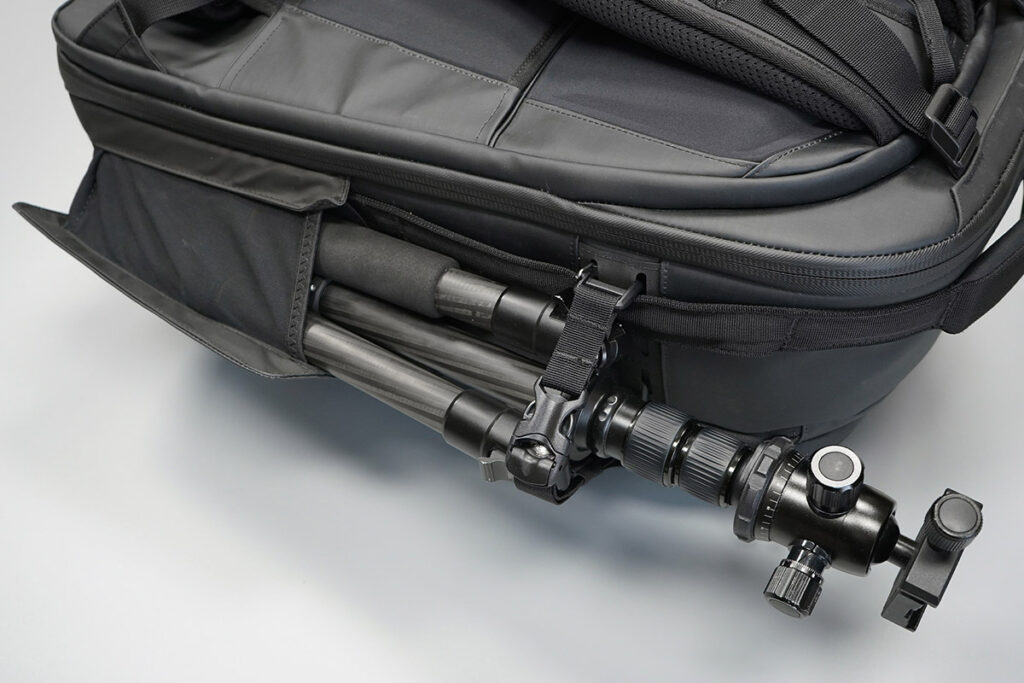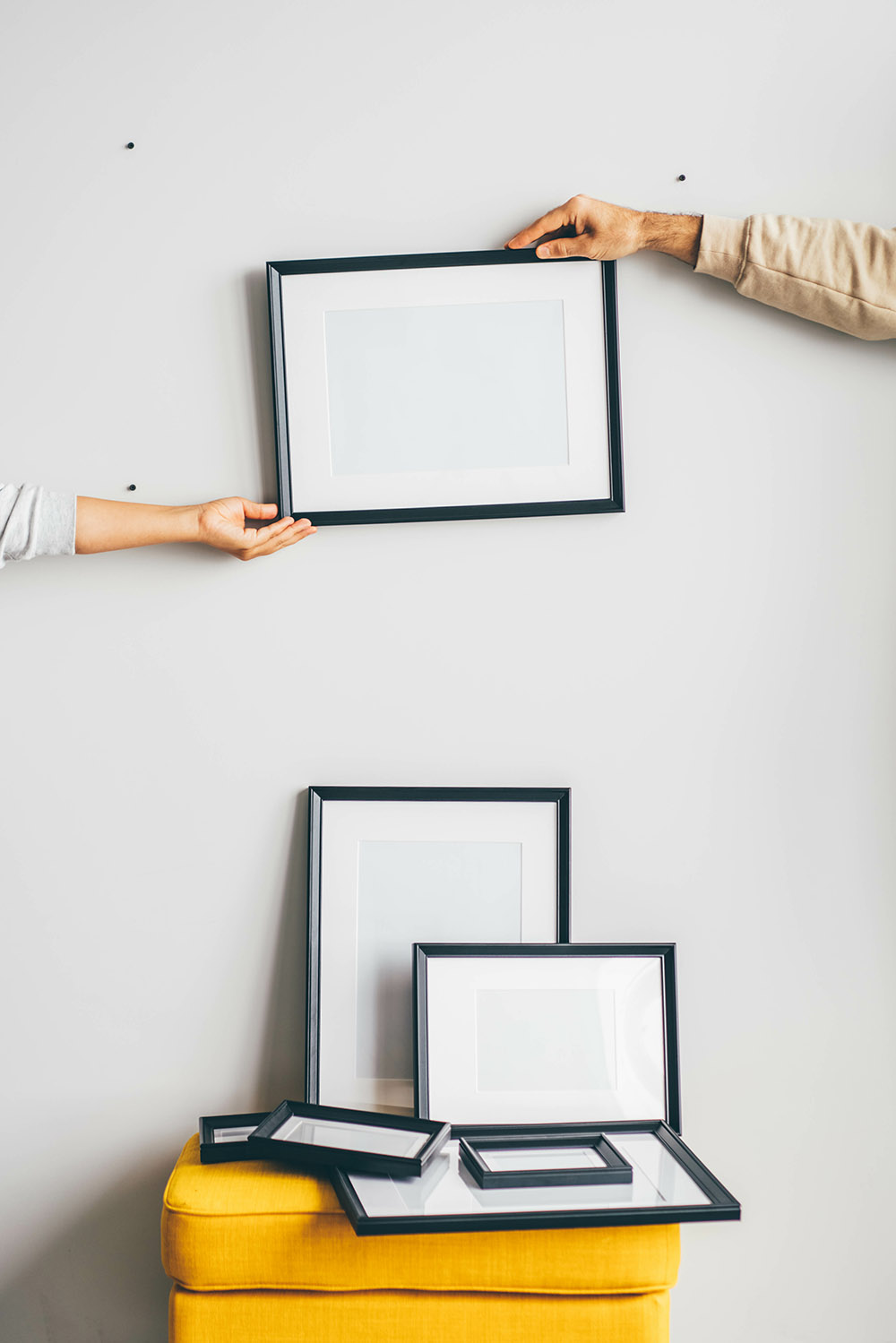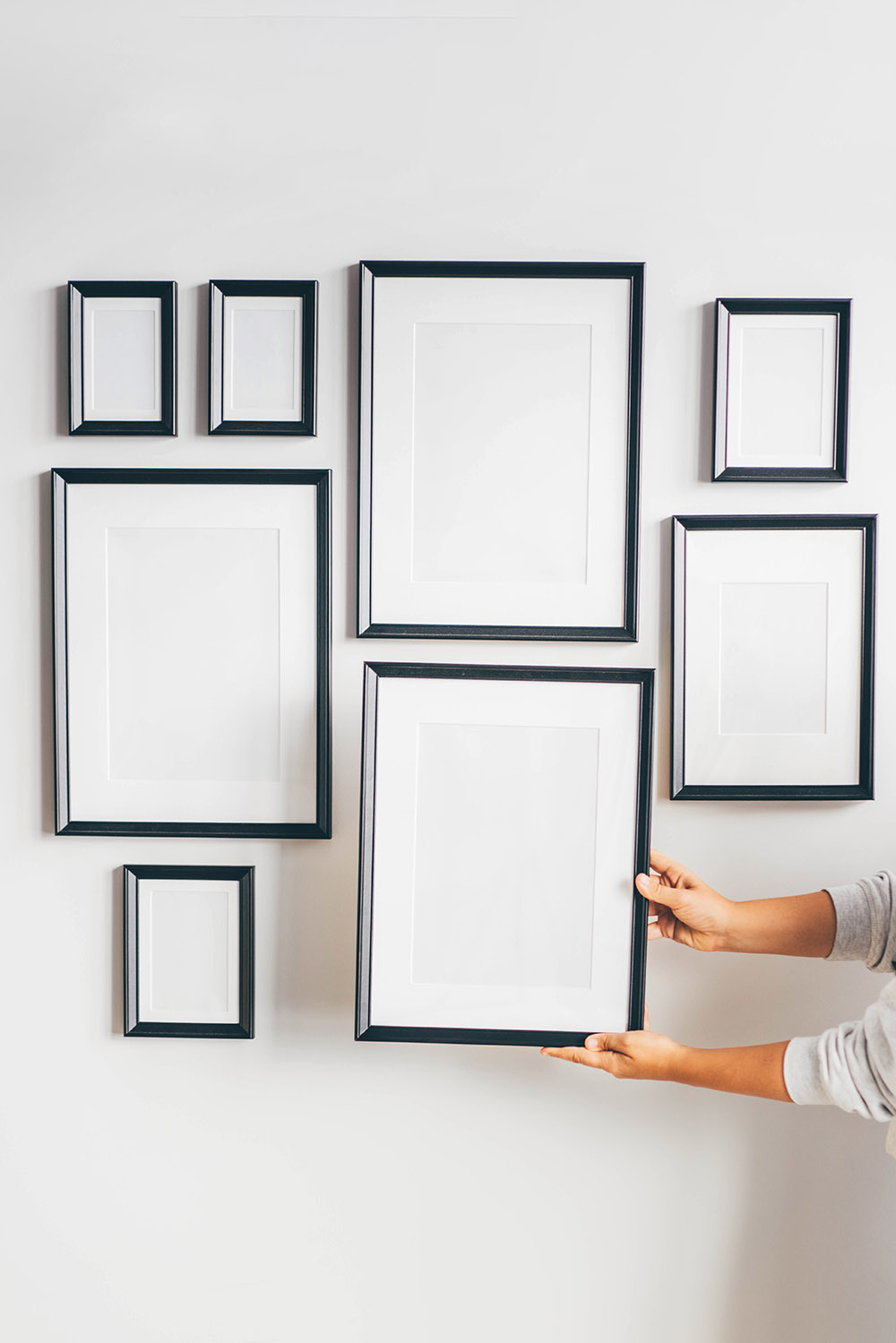Have you ever found yourself wrestling with the decision of whether to bring your tripod on a plane? If you’re nodding your head in agreement, you’re not alone. As photography enthusiasts, we’ve all been there, grappling with the logistics of traveling with our beloved gear.

Understanding the rules for tripods on a plane can feel like solving a puzzle in today’s world of air travel. But don’t worry! We’re here to help. In this guide, we’ll talk about taking your tripod on a plane in 2024. We’ll cover everything from airline policies to smart packing tips. So, keep scrolling to learn more!
In this article:
Are Tripods Allowed On Planes?
Yes, in most cases, tripods are allowed on planes in carry-on luggage and checked baggage, according to the TSA (Transportation Security Administration). However, it ultimately depends on the discretion of the TSA officer you encounter at security.
They can confiscate items, even if they’re on the approved list. So, if you’re traveling with an oversized antique wooden tripod or if you’re not cooperative, you might run into trouble.
Also, it’s worth noting that the TSA is responsible for security only in American airlines. While most other airports follow similar guidelines, a specific airport might have its own tripod rules.
Can You Bring It In Your Checked Luggage?
Sure! Typically, having a tripod in your checked luggage is fine. Since it’s stowed away in the cargo hold during the flight, there’s no problem with security.
Although it’s usually fine, there have been many cases where expensive photography equipment, such as camera gear, disappeared from checked bags. So, keep an eye on your belongings.
This is an important safety tip: remember to remove any gimbal batteries from your tripod and place them in your carry-on. This extra precaution is crucial because batteries can cause fires when packed in checked bags.
What If You Put It In Your Carry-On Bags?
Typically, you’re allowed to bring your tripod in your carry-on bag, but it’s ultimately up to the discretion of the TSA officer you encounter at security. It’s wise to check your airline rules for carry-on size and weight limits, which usually fall around 22″ x 14″ x 9″ and weigh between 15-22 pounds.
As seasoned photographers, we’ve noticed that heavier tripods tend to attract extra security checks. If your tripod raises concerns, you should ship it home or place it in your checked luggage. Also, be cautious of tripods with sharp feet, as they may cause issues during security checks.
Some Inconveniences You May Face

Bringing your tripod on a plane can be tricky. From our travels, we’ve found that fitting it into our carry-on bag isn’t always straightforward. Airlines usually have size and weight limitations for carry-ons, so you must ensure your bag isn’t too bulky to fit in the overhead locker.
Once it’s packed in its case, your tripod takes up space, leaving less room for other essentials. Plus, having oversized tripods in your bag can make navigating airports and changing planes more cumbersome.
And here’s something else to consider: if you’re traveling with a less reputable airline, there’s a risk that your check-in luggage, including your tripod, could get lost or stolen during transit.
Additionally, be cautious if you’re headed to a politically unstable country. Security personnel can consider tripods dangerous, particularly against authority figures like the police or the army. Being aware of local flight regulations and customs is crucial to avoid complications at security checks.
Handy Hacks for Bringing Your Tripod on Board
Flying with your tripod is like embarking on a little adventure – there are rules, obstacles, and surprises at every turn. But hey, no need to stress! We’ve got some tips to make your journey a whole lot easier.
- Know the Airline Regulations: First, check out what your airline says about bringing your tripod on board. Every airline has its own set of rules, so it’s good to know what you’re dealing with.
- Pack Smart: Invest in a solid, padded case for your lightweight tripod to keep it safe and snug during the flight. It’s like giving your gear a cozy little home for the journey.
- Think Carry-On: If you can swing it, bringing your travel-friendly tripod as carry-on baggage is usually your best bet. That way, you’re in control and can keep an eye on it the whole time.
- Cover Those Feet: If your tripod has pointy feet, make sure to cover them up or secure them somehow. You don’t want those little guys poking holes in your bag or causing any trouble.
- Do Your Homework: Before you jet off, do a bit of research on where you’re headed. If you’re heading to a spot with tight security or iffy regulations, it’s good to be prepared.
- Keep It Light: Try to keep your gear as light as possible. Trust us, lugging around a heavy tripod can be a real pain in the neck, especially when dashing through airports.
- Stay Flexible: Things don’t always go according to plan, so be ready to roll with the punches. If your tripod gets flagged at security or doesn’t fit in your carry-on, have a backup plan in mind.
- Stay Chill: Lastly, don’t stress too much. Flying with your tripod might seem daunting, but with a little prep and a lot of patience, you’ll be just fine.
How To Check The Airline Rules?
Airline regulations regarding tripods vary among different states and countries. So, it’s best to double-check the rules beforehand, ensuring you follow suit with them:
- Access the airline’s official website and check out its regulations to see what is allowed in carry-on bags and what should be packed in the checked luggage.
- If the regulations don’t clearly state that tripods are permitted, reach out to the airline’s customer service. You can easily find their contact details on its website; just shoot them a message or call them directly to clear up any confusion.
- Another way to check the rules is to search around on social media platforms. Visit the airline’s official Facebook or Twitter account and ask them about your issue. They can either answer your questions directly or point you toward helpful resources about baggage allowance rules. However, be prepared for a long wait time due to the high volume of inquiries.
FAQs
What If You Want to Snap Pictures While Flying?
Ever wanted to capture some shots while you’re up in the air? Totally doable! I’ve snapped myself plenty during flights. But before you start clicking away, here are a few things to keep in mind:
- Try not to take photos during takeoff and landing – staying seated with your seatbelt on is safer.
- Be mindful of flight attendants doing their thing in the aisles – you don’t want to get in their way while they’re serving.
- And, of course, be considerate of your fellow passengers – avoid blocking their view or causing any discomfort.
- Double-check your specific airline’s policies on in-flight photography. Some might have additional restrictions.
Does A Tripod Count As A Personal Item?
Personal items are smaller items that fit under the seat in front of you, like a purse or a small backpack. Some airlines might consider a small, collapsible tripod a personal item. It’s always a good idea to verify directly with the airline to avoid any unexpected surprises at the airport.
Should I Declare My Tripod At Airport Security?
Airport security is all about keeping everyone safe during your flight. Usually, you won’t have to declare your tripod unless it’s one of those with super sharp feet we mentioned earlier.
But sometimes, the security folks should take a closer look at it. Don’t worry, it’s all part of the routine. Just stay calm and cooperative. If they ask anything, answer politely and let them know you plan to use it for photography.
What If My Tripod Is Too Large Or Heavy For My Luggage?
If it doesn’t fit or exceeds the weight limit, you might have to check it as oversized or overweight baggage. Keep in mind that some airlines may charge extra for this.
See more:
Conclusion
With a little planning and these handy tips, you can ensure your trusty tripod accompanies you on all your photographic adventures. Remember, the key is to stay informed, pack strategically, and be adaptable. Now, get out there and capture some stunning travel photos!




